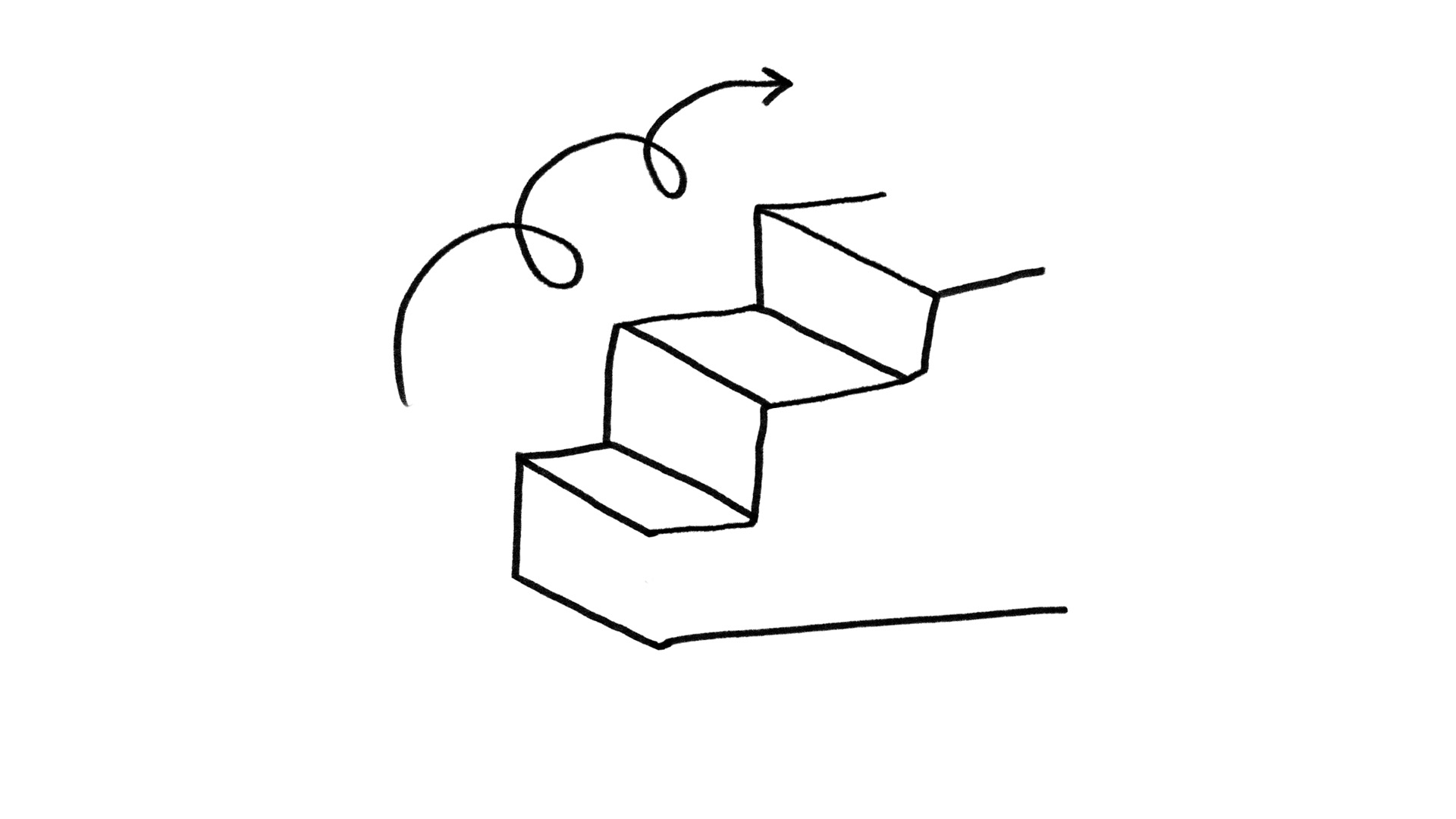
Our approach
Points approach to any challenge starts with taking a step back to get an overview of the challenge; how is task defined? who are the stakeholders? What is the purpose of what we are trying to achieve? Who are the end users? What are known factors that we need to take into consideration, and what do we not yet know?
After mapping the landscape, we collect and analyze data to fill in the necessary blanks on the map. For this purpose we combine a number of methods and tools such as sourcing data from databases, social media or other digital systems, conducting surveys, in-depth interviews, observations or user testing.
To process the data we run analysis sessions, working iteratively, we learn new things along the way and use these insights to reframe the challenge and find fresh angles and approaches.
Based on our learnings we design strategies, concepts or prototypes – paths for moving forward toward the goal, all secured in the data and insights collected and analyzed in previous steps. Through workshops and close collaboration we anchor create agency, so that our partners can steadily take steps toward their goals.





